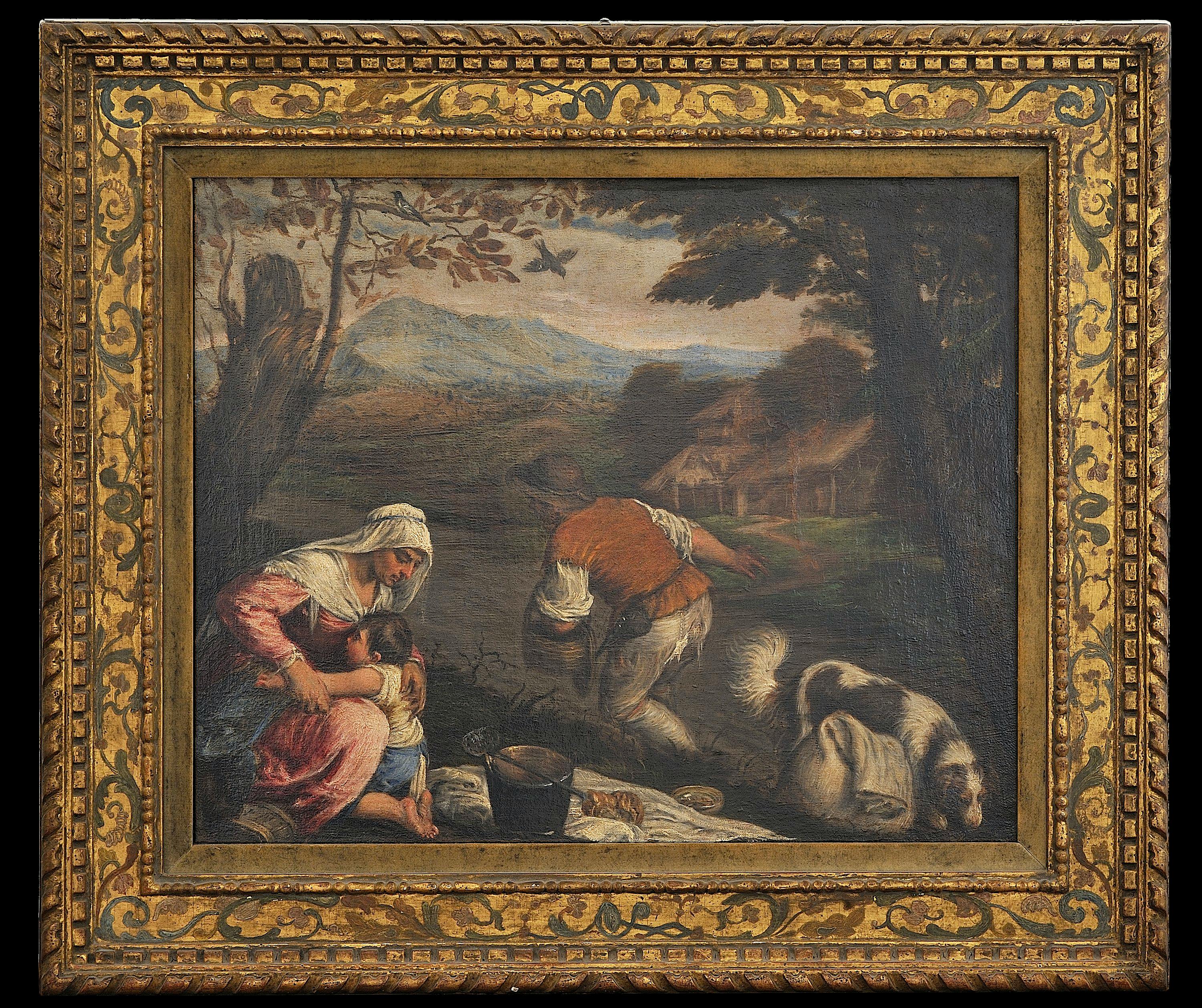Parable of the Sower
Jacopo dal Ponte, known as Jacopo Bassano (1510-1592)
This painting comes from the collection of Cardinal Leopoldo de’ Medici, a passionate collector of Venetian art, where it is described in the first repertory from the mid-1660s. In the past it was attributed to Francesco Bassano the Younger, or to his brother Leandro, now the work has been recognised as being by their father, Jacopo Bassano, dating it to around 1567.
The parable of the sower is the main parable in the Gospel of St Mark, which narrates how Jesus loved to speak to the crowds that gathered around him, telling them stories based on scenes of everyday life and images from nature, to create an effective paragon for religious purposes.
Dutch painter Vincent Van Gogh gave a great deal of thought to this parable, making many drawings and canvases of this subject. In 1876, he pronounced one of his sermons, comparing God to a sower who gives us “His blessing on the seed of His word, that He has sown in our hearts”.
Bassano’s painting also shows the man who sows abundantly on all types of soil, even throwing his seed onto ground infested with brambles that will suffocate the seeds with their thorns. This is a clear reference to people who listen to the word of God but who, distracted by worldly worries and seduced by wealth, do not hear it fully, leaving this word to become stifled. The Florentine canvas notably reduces the episodes compared to a similar painting in Madrid (Thyssen Museum); the artist here has limited himself to a foreground depiction of the farmer’s wife, with her son in her lap, and a dog sniffing at the soil, opting for maximum adhesion to the gospel text.
